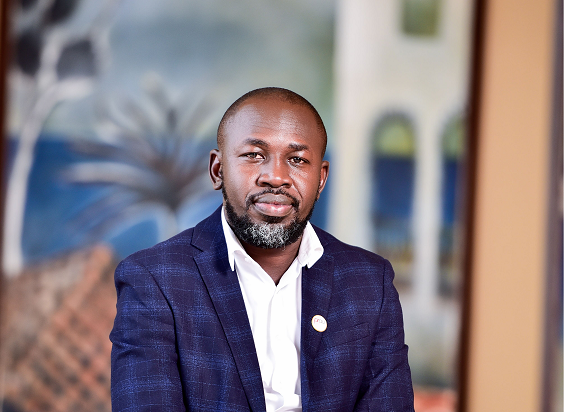With ongoing investment in the generation capacity through the constructions of Karuma, Isimba and other mini hydro stations, Umeme is aggressively aligning its investments to increase access, readiness for increasing generation and the contentious pricing of the end-user tariffs.
This focus is in line with government ambition of increasing electricity penetration from current 23% to 40% of households by 2025, coupled with the projected increase in effective generation capacity from the current 650MW to over 1,600MV by 2020, when the new hydro plants come on board.
Over US$565m worth of investments has been injected to necessitate the expansion of the network, leading to the refurbishment of 21 substations, construction of several new substations in Namugongo in Kira Municipality, Moniko to serve the Lugazi and Iganga industrial customers and Nagongera to stabilize domestic and industrial supply in the eastern region and Nyakesi substation to boost industrializations in Tororo.
According to Umeme Managing Director, Selestino Babungi, the company is at the centre of ensuring effective distribution of this electricity to the end users.
“In anticipation of the above load growth from Karuma and Isimba, we have developed a network asset investment plan to address the distribution network capacity, improve supply reliability and replace ageing assets and technology to improve the grid efficiency” Babungi said.
Through the peri-urban programme, an on-going World Bank funded project through the Ministry of Energy and Mineral development, the utility company focuses on connecting customers within 5km radius along Kawanda-Masaka 132kv transmission line. Last year, a total of 4,623 households were connected to the grid.
The electricity industry registered maximum demand of 597.4MW in 2017 compared to 557.4MW in 2016, reflecting a growth of 7.2%.
Reports also indicated that electricity sales grew by 7.5% in 2017 compared to 4.4% in 2016, according to the company statistics.
“The company registered 8% growth in sales to industrial customers compared to 5.2% in 2016, underpinned by the improved performance of Uganda’s economy and improved external market conditions in the neighboring countries,” Babungi added.
He further explained that necessary electricity distribution infrastructure is being put in place to support the industrial growth and to improve supply reliability in areas where different industrial parks are being set-up.
“Continuous investment in the grid ensures power efficiency, reliability, safety and ability to evacuate and distribute increased generation capacity whilst improving the lives of Ugandans,” he added.
Umeme also participated in the Inter-intuitional Committee on Power Sector Planning which included Electricity Regulatory Authority (ERA), Uganda Electricity Transmission Company Limited (UETCL), Rural Electrification Authority (REA) and Ministry of Energy with the objective to develop an integrated sector network development plan from transmission to distribution that aligns to the growth in demand and the increase in new generation capacity.





